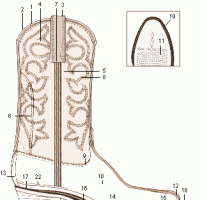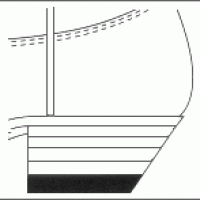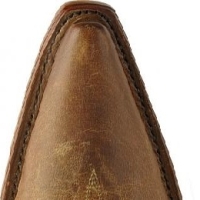Published in Western Boot Construction
A Goodyear welt is a specific method of construction used in footwear, including western boots. It’s known for its durability and resoling capabilities. Here’s a breakdown of a Goodyear welt in western boots: Why Goodyear Welt for Western Boots? Not all Western Boots are Goodyear Welted There are other construction methods used in western boots, […]
More »»
Published in Western Boot Construction
Heel styles can be for comfort or function and sometimes just for the look! If a there is a significant use of a horse to do your job then a riding heel will make a difference in your feeling of stability in the saddle. The riding heel enables a solid lock on the stirrup with […]
More »»
Published in Western Boot Construction
When you are looking for a pair of cowboy or cowgirl boots the toe style is pretty important. What toe you pick depends on the statement you want to make or the work you need to do in your western boots. As a kid I only remember a couple of styles of toes on boots. […]
More »»
Published in Western Boot Construction
When was the last time you looked at what a cowboy boot was made of? Never? Well here is your chance. What you see below is a typical manufactured boot diagram. However custom boots will have many of the same components. Watch out for plastic shanks, paper rands, plastic in the heels and inferior leather […]
More »»


